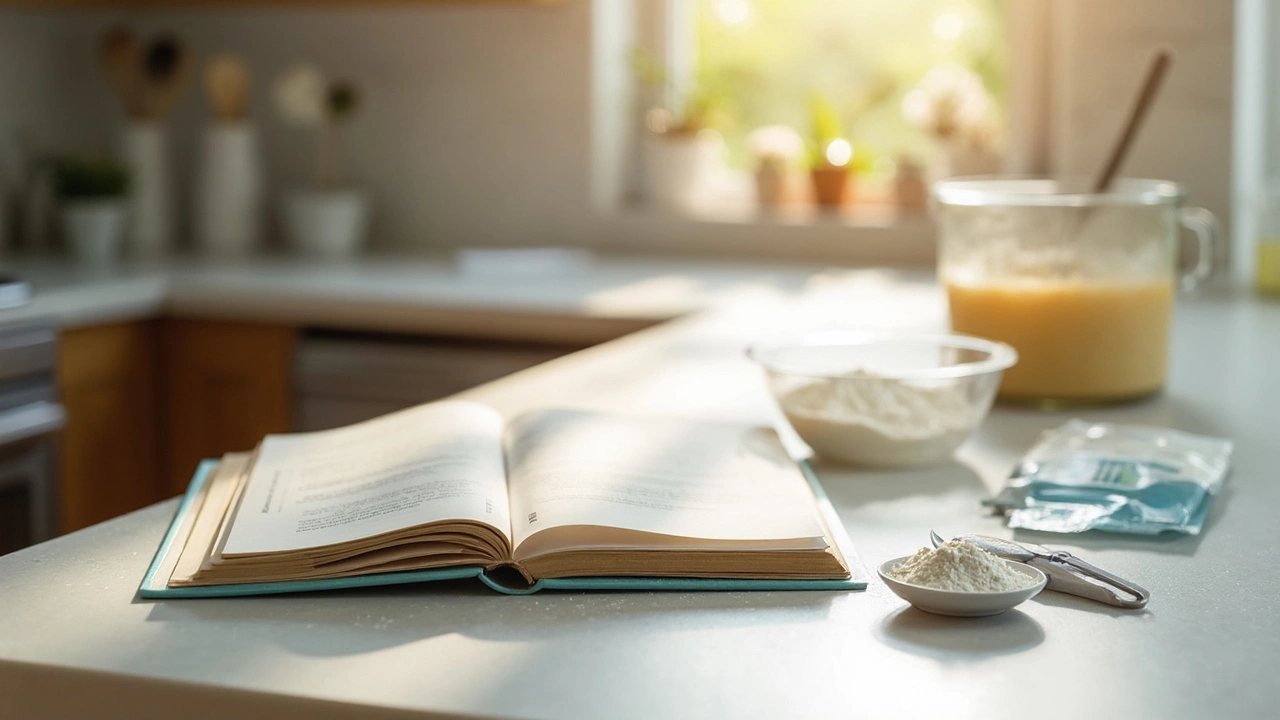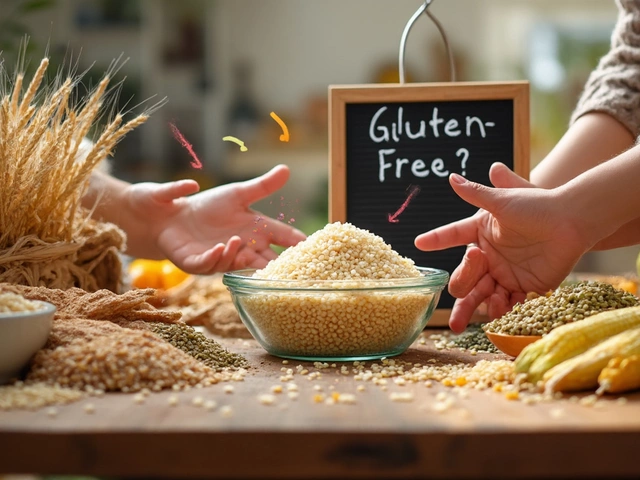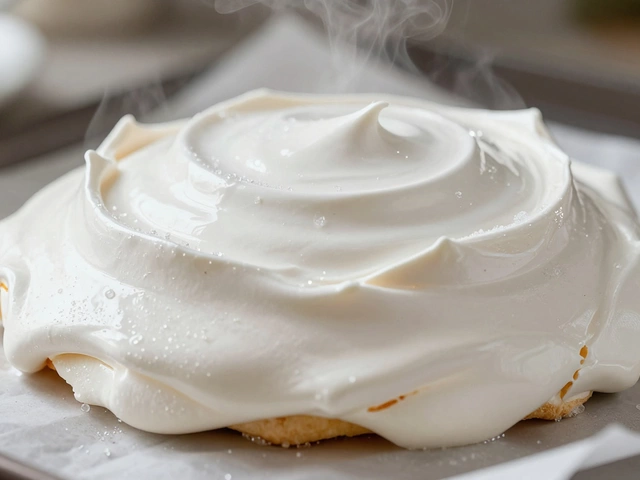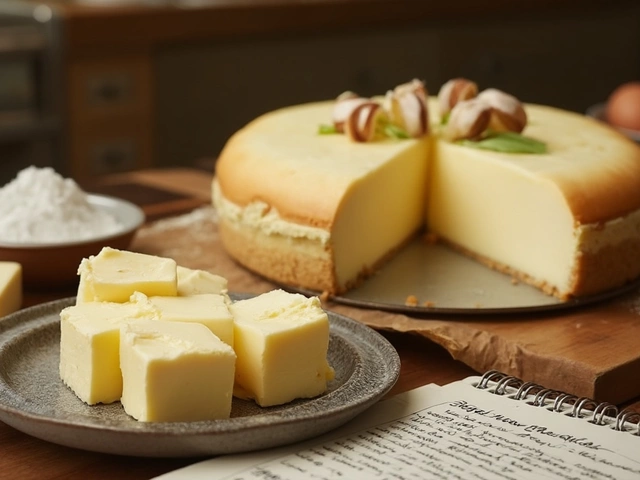Allergies: How to Bake Safe, Delicious Desserts
If you or someone you love has a food allergy, the kitchen can feel like a minefield. But you don’t have to skip sweets altogether. With a few simple habits you can enjoy fudge, cakes, and cookies without triggering reactions.
First, know the big culprits: gluten, nuts, dairy, eggs and soy. Keep a list of the ingredients you need to avoid and stick it on your fridge. When you shop, check the label for hidden sources—some “natural flavors” or “starches” hide wheat or soy. If a product says “may contain traces of peanuts,” treat it as unsafe for a nut‑allergic guest.
Ingredient Swaps That Work
Switching ingredients is easier than you think. For gluten‑free baking, use a blend of rice flour, potato starch and tapioca flour. This combo gives the right texture for cakes that won’t sink, like the gluten‑free cake guide we posted. Want a nut‑free fudge? Skip the usual almond butter and use sunflower seed butter or just extra butter and chocolate. It still melts smooth and stays creamy.
If dairy is a problem, swap butter for coconut oil or dairy‑free margarine, and replace milk with oat, almond or soy milk—just check the soy label if soy is also an allergen. Egg‑free cheesecakes work well with a mix of silken tofu and cream cheese; the tofu provides structure without the egg.
Prevent Cross‑Contamination
Even a tiny amount of an allergen can cause a reaction. Designate separate utensils for allergen‑free baking. Wash bowls, spatulas, and the mixing board with hot, soapy water before you start. If you share a kitchen, let anyone else know which dishes contain allergens, and store those foods on a different shelf.
When you bake, use parchment paper or silicone mats to keep the batter from sticking to a surface that might have residue. If you’re using a stand mixer, clean the bowl and beaters thoroughly or use a second set that’s only for allergy‑safe recipes.
Finally, label everything. A simple sticker that says “nut‑free” or “gluten‑free” helps anyone who picks up the treat know it’s safe. For bigger gatherings, give guests a short note about the ingredients used.
By keeping these habits in mind, you’ll be able to bake fudge, brownies, cupcakes, and even elaborate birthday cakes without worrying about hidden allergens. The key is knowing what to avoid, using the right swaps, and keeping your workspace clean. With a bit of practice, you’ll make dessert that’s tasty for everyone—and allergy‑free for those who need it.

Is Xanthan Gum Gluten-Free? Guide for Baking Cakes Without Wheat
Wondering if xanthan gum is safe for gluten-free baking? This article explains what xanthan gum is, why it matters for gluten-free cakes, and how to use it in your recipes. Find out how it’s made, whether it’s truly gluten-free, and some smart tips to get the best results in your gluten-free baking. No fluff—just the straightforward facts and practical advice you need in your kitchen. Perfect if you’re new to gluten-free cakes or want to make your treats taste and feel better.
View More




